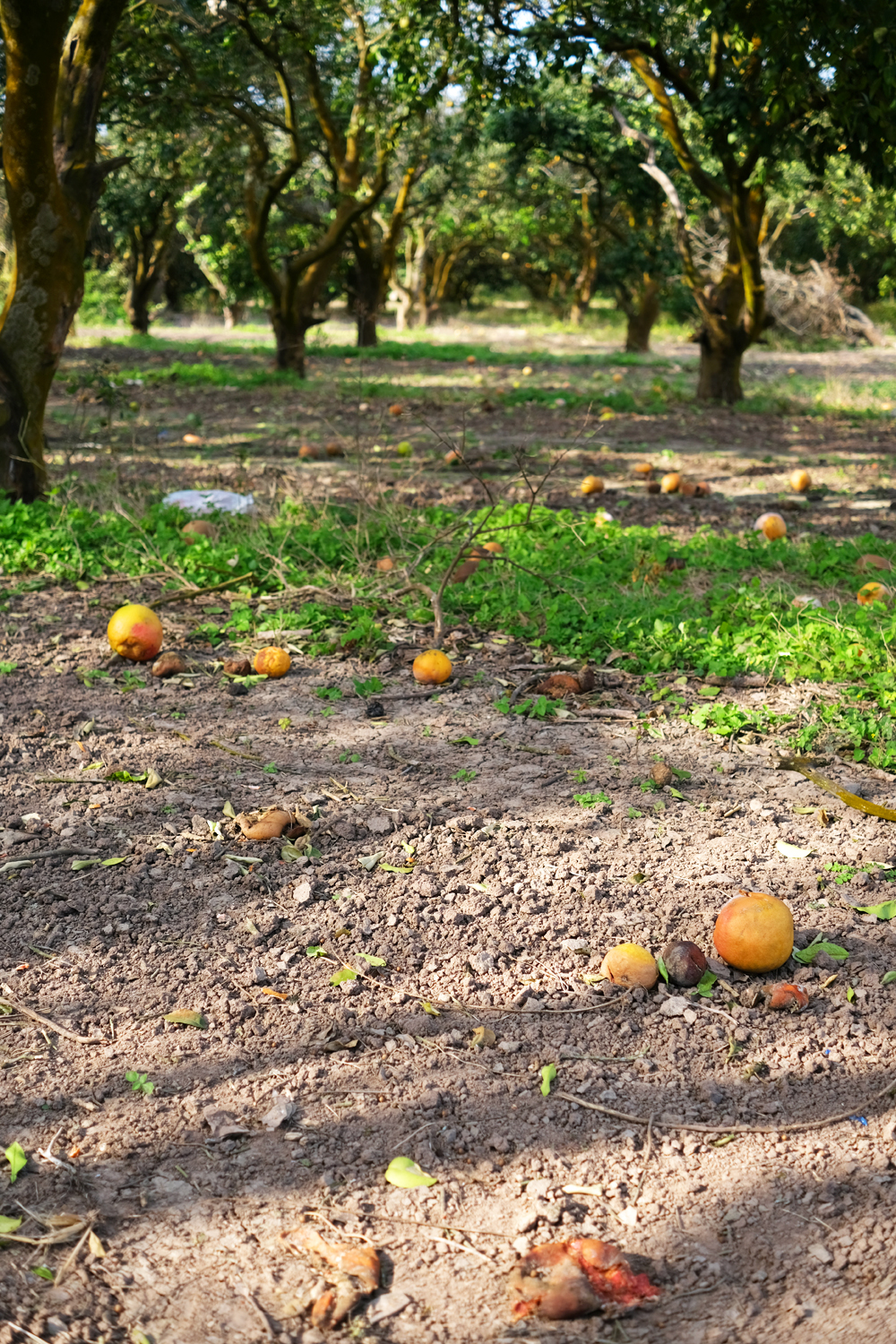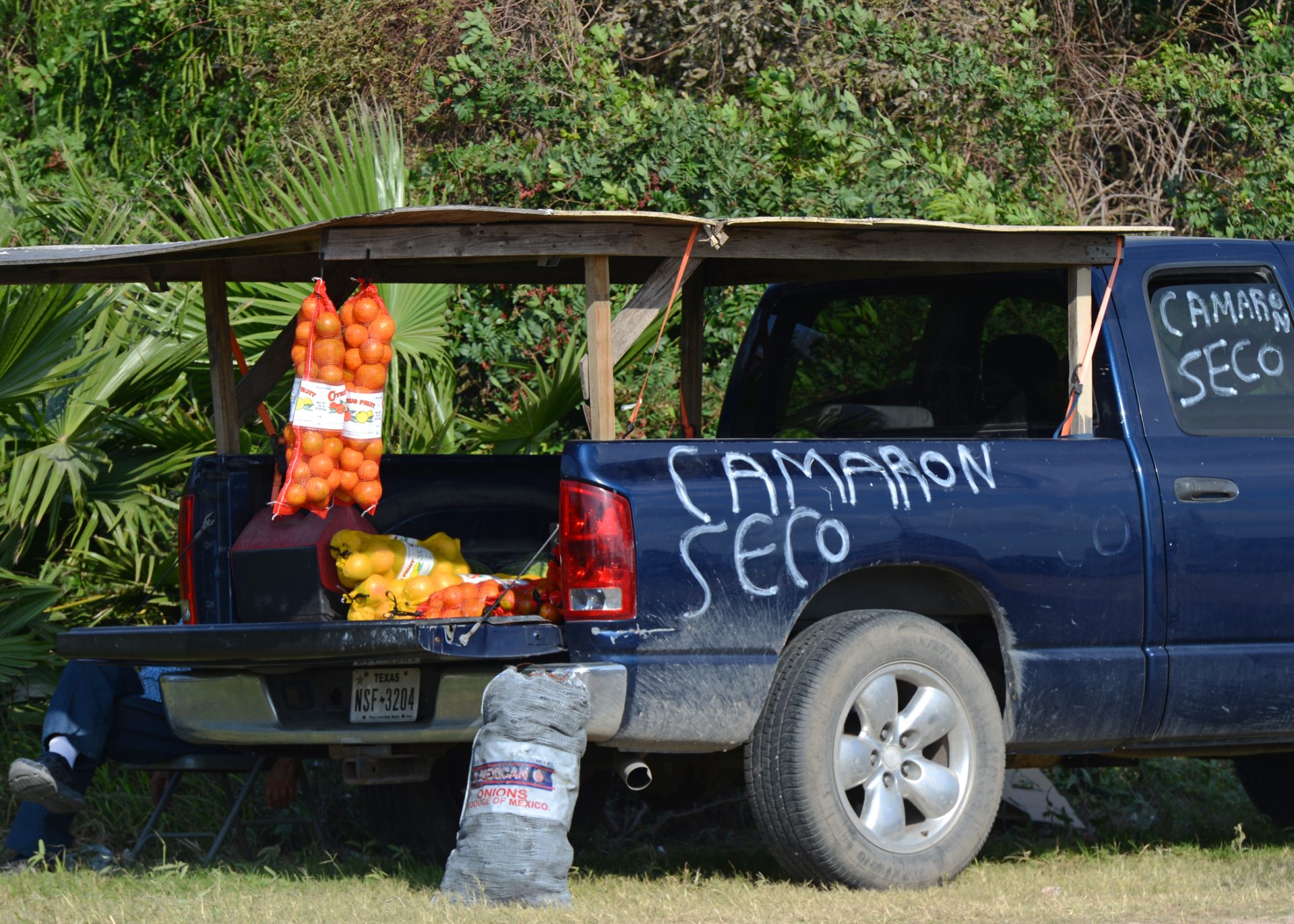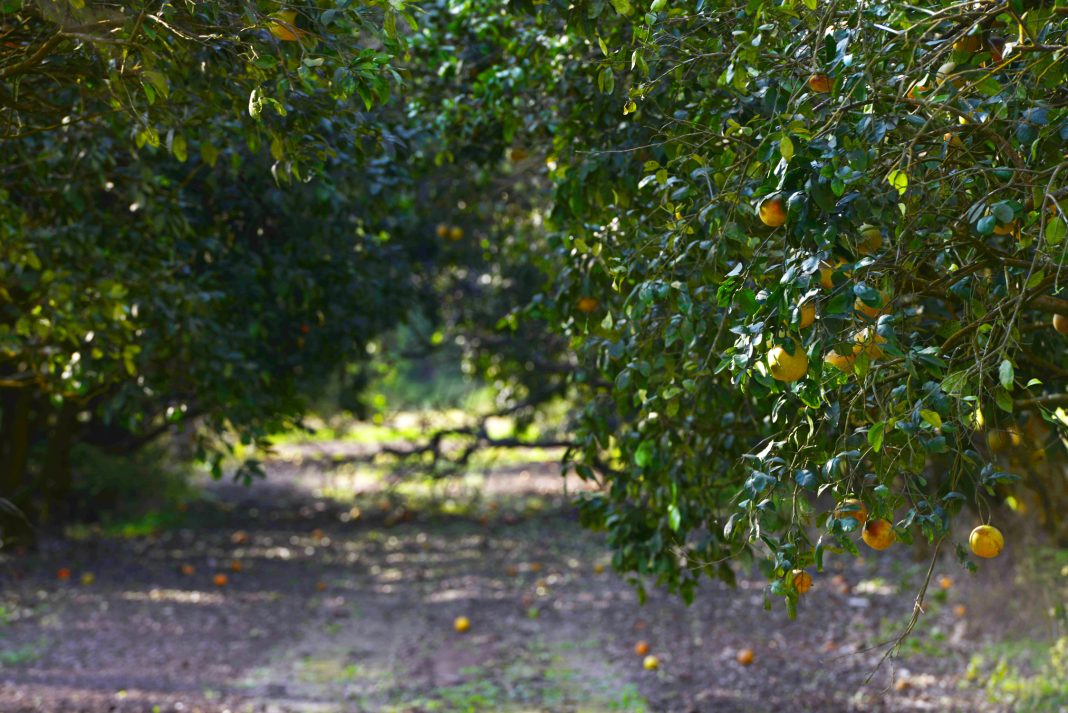Rio Grande Valley citrus growers, already dealing with lingering drought and still recovering from the devastating February 2021 freeze, dreaded what forecasters said was headed this way in the days leading up to Christmas.
A powerful Arctic blast was gunning for South Texas, potentially packing enough of a punch to inflict serious damage to citrus crops. And while it did get plenty cold in the Valley, with sustained periods below the freezing mark, a bullet was definitely dodged.
So says Dale Murden, a citrus grower and president of Texas Citrus Mutual, a trade association representing the industry.
He said the lowest temperature reported to him was 27 degrees, the mercury hovering near that level for about four hours the first night of the short-lived cold snap, and maybe 19 consecutive hours below freezing.

“Twenty-eight degrees and below for more than four hours and citrus starts to see some fruit damage,” Murden said. “I think we escaped that. … All things considered, it could have been a lot worse based on some of the forecasts we were seeing.”
Growers of cold-sensitive soft vegetables weren’t so lucky, he said, though the damage in that department is still being assessed.
And while growers in general all have their fingers crossed that the Valley is done with freezes for the winter, “you can’t let your guard down,” Murden said.
But for now, everyone can go back to just worrying about the water shortage, with Falcon and Amistad reservoirs — constituting most of the Valley’s water supply — at 32 percent of their normal combined capacity compared to 38 percent this time last year, he said.
The 2022 Atlantic hurricane season, which ended Nov. 30, was a bust in terms of delivering sufficient moisture tropical moisture on which the reservoirs largely depend.
“We’ve got to have some rains up at the lakes,” Murden said. “That’s the bottom line. Got to get those reservoirs filled up.”
At the same time, drought is not a new concept for South Texas growers, he noted.
“Citrus growers pretty much plan ahead,” Murden said. “I mean, we’ve been in this drought for a couple of years now. Citrus growers, knowing they’ve got a tree to grow and a crop to grow, they buy up extra water where they can and save it for … when their particular (water) district is out. … Buy it when it’s available and then you’ve got it when you need it. It ain’t cheap, and it really puts a premium on doing business. But you’ve got to keep those trees alive.”
Depending on the crop, growers deal with drought in different ways, but for water-intensive crops like citrus and sugarcane, planning ahead for periods of water scarcity can be the difference between staying in business and not, he said.

Murden predicted the Valley’s citrus growers will get through the next year fairly well for the most part.
Some good news is that several Mexican reservoirs are right at 100 percent capacity thanks to summer rains that fell there but not here.
According to a 1944 water treaty, Mexico owes the United States an average of 350,000 acre-feet of water per year (measured in five-year cycles) from tributaries of the Rio Grande. An acre-foot is how much water it takes to cover one acre in a foot of water.
“Historically, they don’t really release any water until the end of the fifth year, but we can hope that they’ll release it,” Murden said. “That would go a long way to getting everybody through irrigation cycles.”
Thanks to Hurricane Dolly in 2008, the February 2021 freeze and the current persistent drought, Valley citrus acreage is down to around 25,000 acres, he said, though new trees are being planted and old groves replaced every day. It takes about two years after a bad freeze for things to bounce back, Murden noted, adding that citrus growers will keep at it “as long as they can find the water.”
“Now if you can’t find the water that’s a different story altogether,” he said. “You’re not growing a crop at that point. You’re trying to keep a tree alive. A tree can last a long, long time. But if you’re not growing a crop, there goes your income.”
Happily, the Valley citrus industry hasn’t arrived at that point yet, Murden said.
“What was that old saying? Reports of my demise were greatly exaggerated,” he said.




